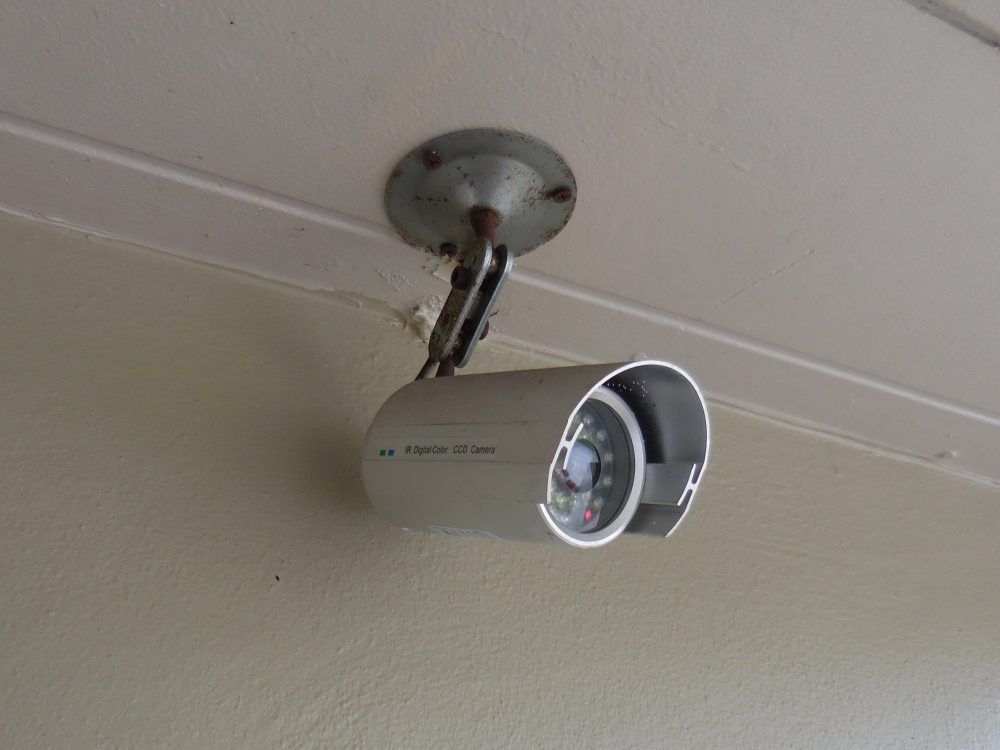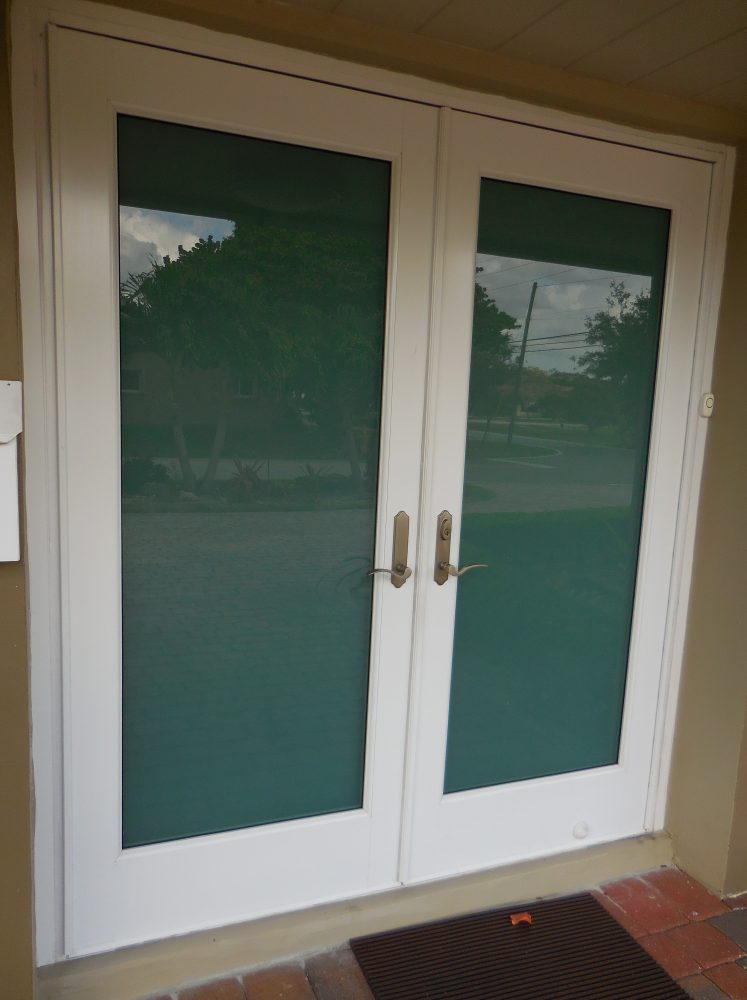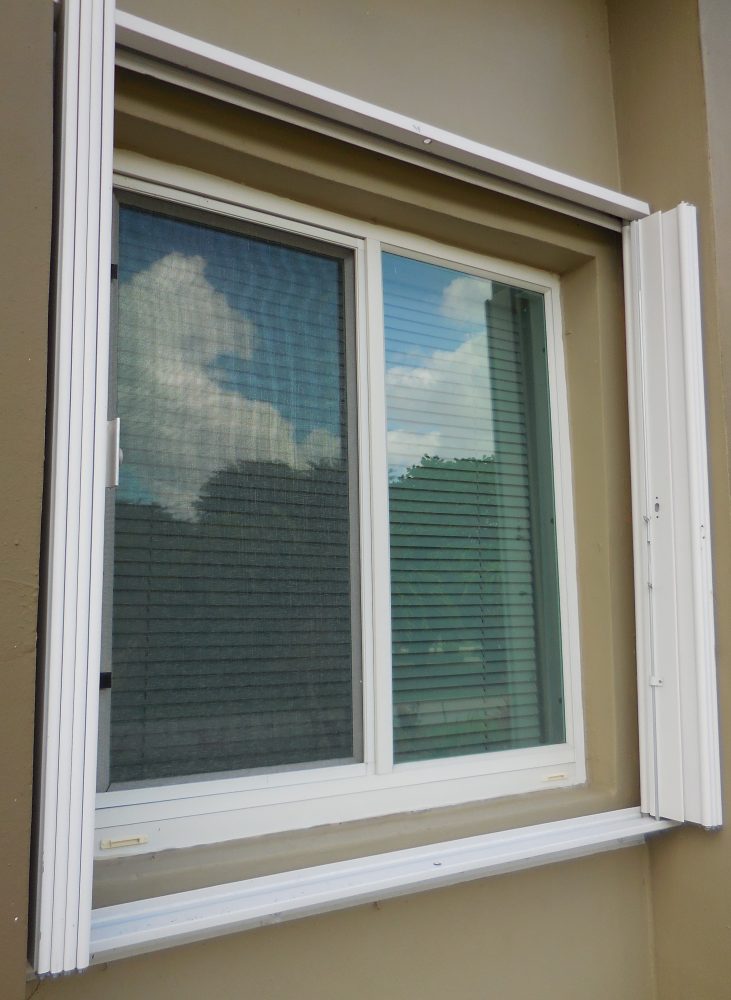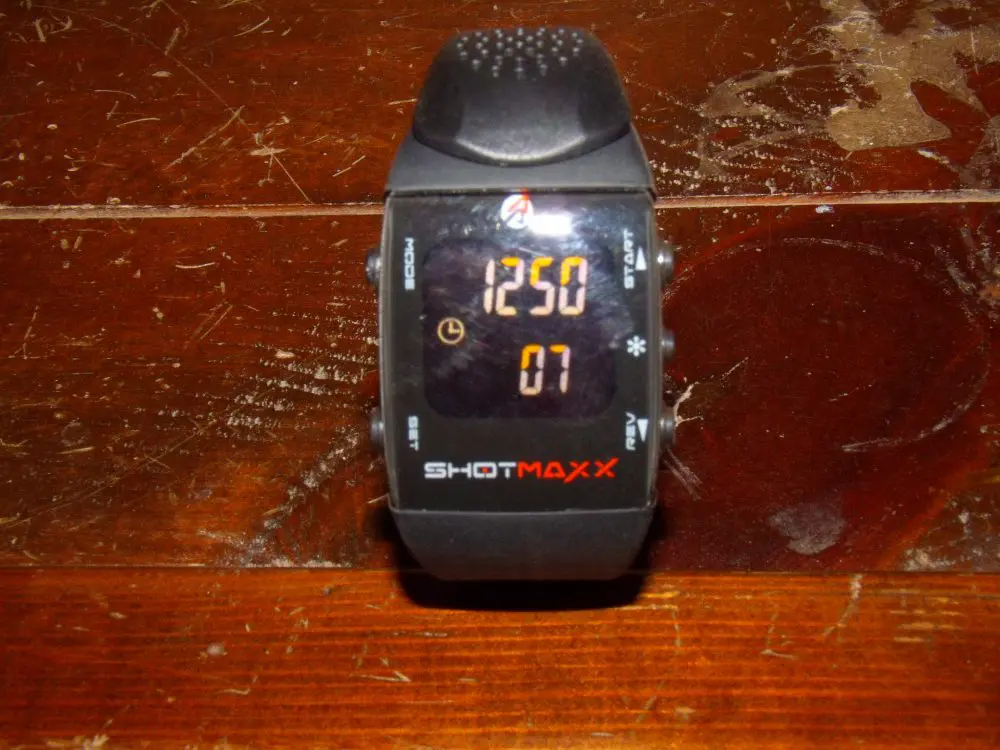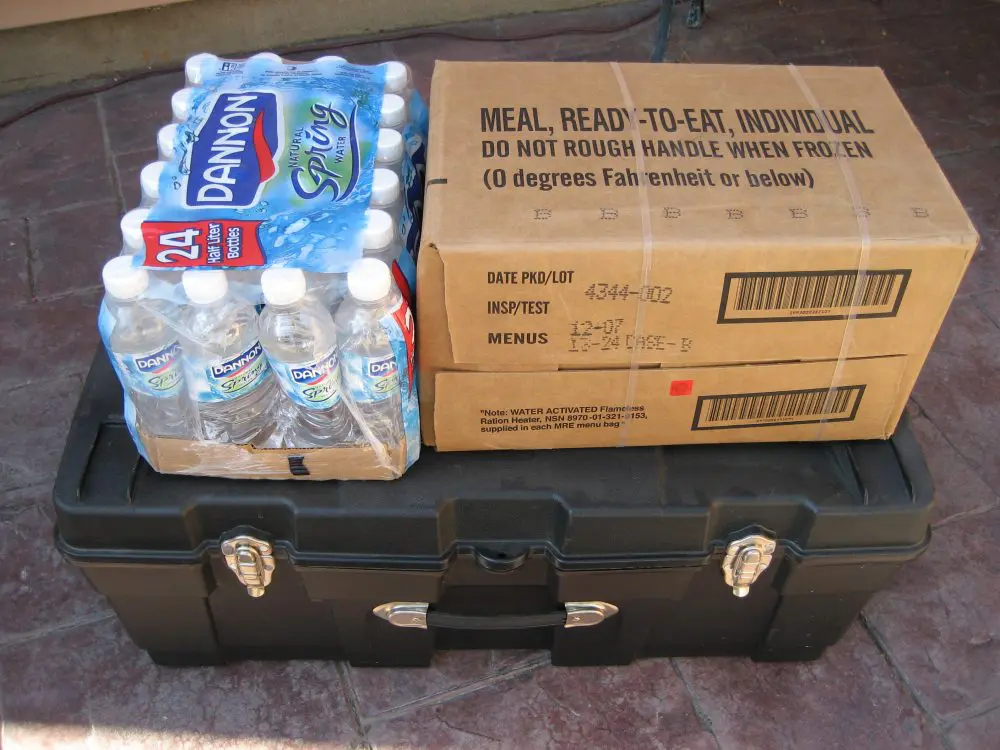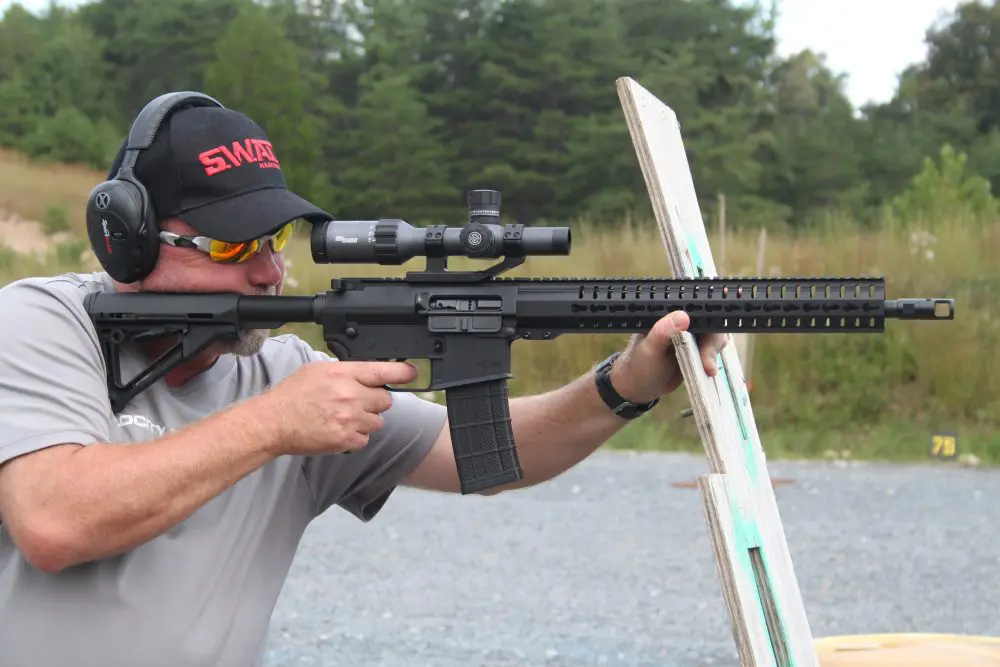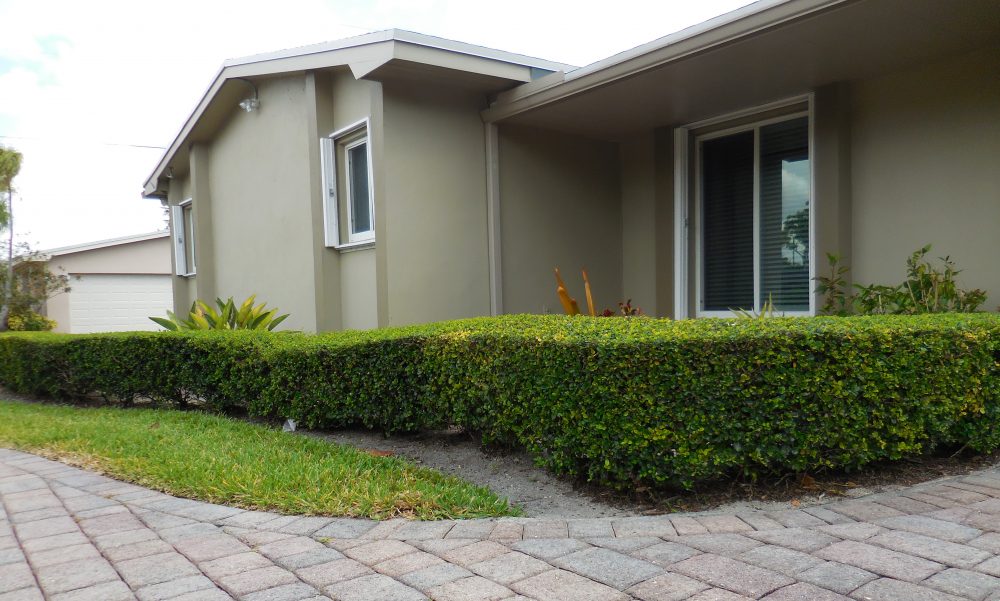
But what happens when our sanctuary is viciously attacked by those who would not hesitate to do us great harm for their own malicious motives?
Many people never even consider the possibility that their home may one day become the stage for extreme violence. Yet every year, many fall victim to a vicious home invasion or an aggravated robbery. The majority of these victims are caught by surprise—after all, these things only happen to “other” people. Unfortunately, many of these incidents often end very badly for the home’s occupants.
Although the best security/self-defense plan is the one you never have to use, if you are unlucky enough to be faced with a life-or-death situation within the walls of your home, you’ll want to be prepared and to stack the odds in your favor as much as possible.
What follows are some ways in which you can make your home a safer, more secure place, and some strategies to help prepare yourself and your family for a worst-case scenario. And while these preparations are especially important after a disaster or widespread crisis, they will serve you well every single day of the year.
Table of Contents
HOME INVASION
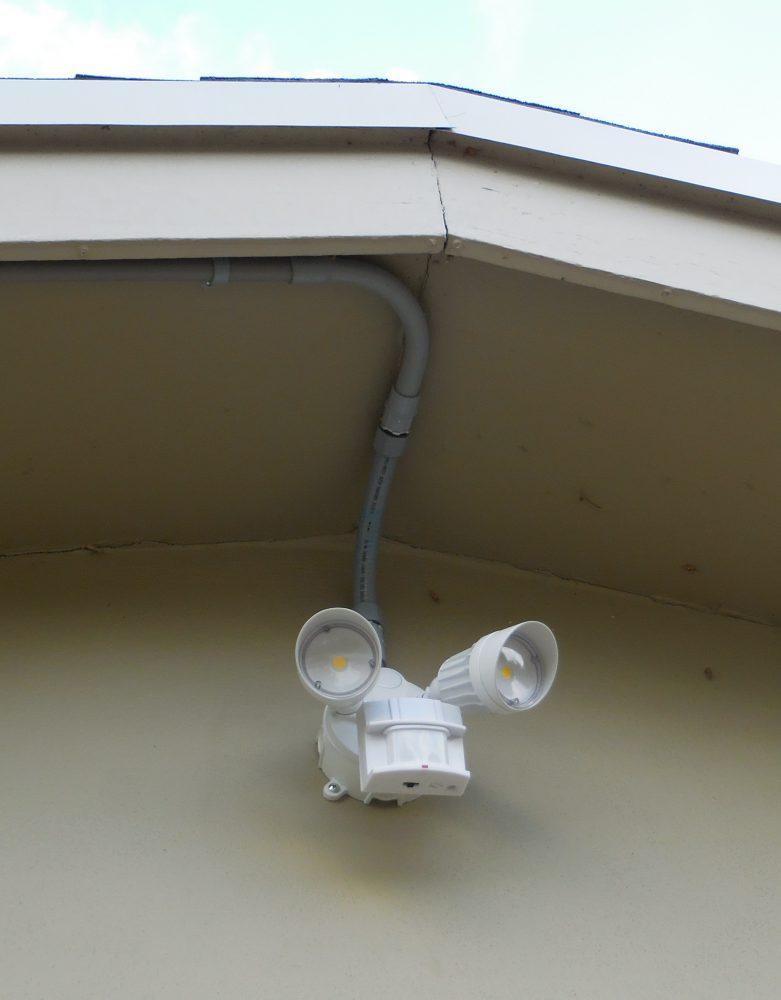
Few statistics are available on home invasions, since a “home invasion” is not defined as a specific crime in most jurisdictions or under federal law. In all but several states, only the events that accompany the home invasion are charged as crimes (e.g., rape, murder, assault).
During a disaster, and the panic and confusion that often follow, the risks of becoming a victim of a violent home invasion increase dramatically, since law enforcement resources may be stretched to the limit, and criminals will see this as an opportunity to act with impunity.
At that time, the only thing that matters is whether you are adequately prepared to protect and defend yourself and others in your household. If you haven’t planned and prepared for that moment, you and yours will most likely become part of the very long list of sad statistics and unfortunate victims.
PLANNING AND PREPARATION
Good security camera system can act as a force multiplier, allowing you to observe your entire home and property perimeter. Motion-sensitive system records any detected movement and can even send out security alerts to your smartphone. Some systems offer remote access and night-vision cameras.
While no defensive plan will ever be 100% effective, there is much you can do to prepare yourself and your family to significantly improve your chances of surviving (or preventing) a home invasion. From strengthening all exterior windows and doors to adding a security system and cameras and having a realistic plan for all family members to follow, many available options will get you moving in the right direction.
It’s not necessary to implement all your preparations at the same time. Proceed at your own pace and adapt your plans and preps to your particular circumstances. The important points are to thoroughly assess your situation, identify weaknesses and vulnerabilities, bring together a viable plan, and start to implement appropriate security measures.
LAYERED SECURITY
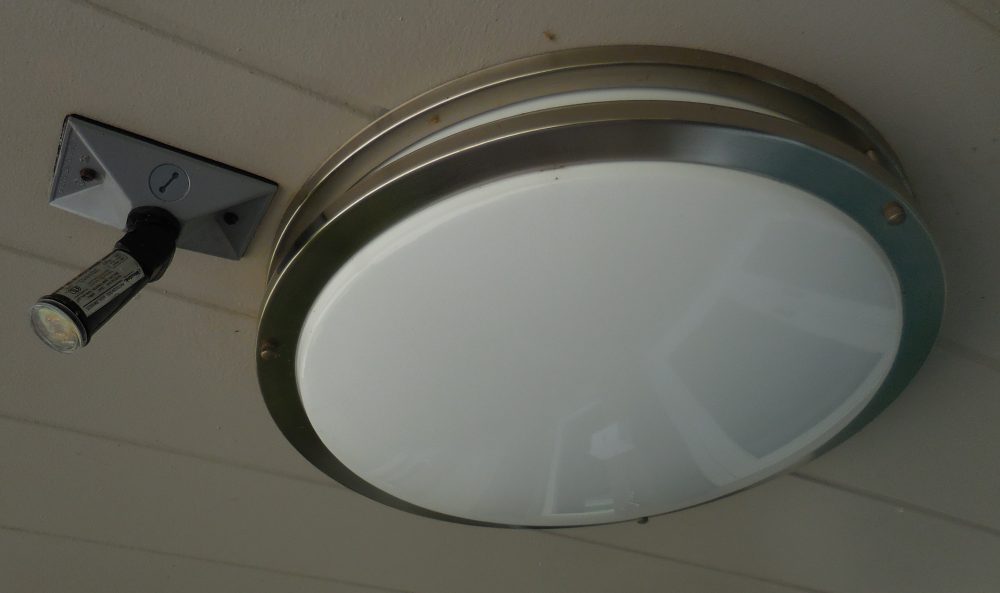
When planning your defenses, think in terms of layers of overlapping security. A layered approach can be implemented at all levels of your planning and preparations, whether you live in a big city apartment or a house in a rural area.
The idea is simple. While any single defense, no matter how robust, can be defeated or compromised, a series of overlapping defenses can be employed to complement each other and cover potential gaps.
Think of how soft body armor works: A number of layers of bullet-resistant webbing are sandwiched together. When a bullet strikes the body armor, its energy is absorbed by each successive layer of material until the bullet is stopped. Alone, any of these individual layers would be easily defeated or penetrated. But working together, they provide much more robust protection.
Here are some examples of home security measures that can be layered and overlapped:
- Doors: heavy-duty metal or solid-core wood/composite doors for all exterior entrances and all doorways leading to “safe” areas within your home.
- Windows: impact-resistant or laminated windows designed to remain intact when shattered, and thus offer added protection against violent attack or attempted break-ins.
- Hardened Hardware: deadbolts, reinforced strike plates, safety bars, and extra-long mounting screws to strengthen door frames.
- Security Cameras: closed-circuit TV cameras mounted throughout the property.
- Alarm System: an electronic alarm system incorporating door and window sensors, motion detectors, fire and broken glass sensors, and exterior and interior mounted sirens with high-output LED indicator lights strategically placed to call additional attention to the property that’s under attack.
- High-Output LED Lights: a combination of always-on and motion-activated high-lumen LED floodlights strategically positioned to light up the exterior of your home. Your goals are to create a well-lit perimeter around your home and to supplement that with lights that alert you to approaching potential threats.
- Landscaping: Remove or significantly trim any trees, bushes, vegetation, and other obstructions that might provide cover or concealment, or give bad guys a place to hide and ambush you.
- Perimeter Alarms: Install an early-warning system to alert you of approaching vehicles, people, and other possible threats. The sooner you’re alerted to a potential threat, the more time you have to prepare yourself.
- Fencing: As with most other security measures, a fence should be well planned, with your particular needs and circumstances in mind. When considering fencing options, look for a fence that (a) doesn’t provide a hiding place for intruders, (b) can’t be easily bypassed, and (c) is hard to climb.
- Safe Room: Find a well-positioned area of your home that is defensible and designate it as a safe room. This is the last place of refuge when all else fails.
COMPREHENSIVE PLAN
Security film applies to inside of windows and provides protection against flying debris or would-be intruders. Heavy film is designed to hold glass pieces together if window is broken. Film is available in various thicknesses for different applications. While not as strong as impact-resistant glass, DIY film still delivers added protection.
Employed independently, any of these measures might be easily defeated, overcome, or bypassed. But when employed as part of a comprehensive plan with overlapping security, they complement each other and provide a layered defense that is much stronger and much more difficult to overcome than any of the individual components.
Though none of these measures will ever be 100%, used in unison they significantly strengthen the security of your home, discourage criminals looking for an easy target, and shift the odds in your favor by depriving the bad guys of the element of surprise, and give you valuable time to call for help, and/or to “gear-up” to face an unavoidable threat.
Having a plan and making effective preparations can definitely increase your security, but no amount of planning or preparation can protect you from your own careless actions or bad judgment. A good example is the person who invests in expensive, high-end security doors and hardware but leaves a spare key in the flowerpot or under the doormat.
Quality hardware is important, but software—making good decisions, situational awareness, and employing the right mindset—is paramount.
Maintaining good situational awareness can help you keep your attention focused on the potential threats, which will guide your actions and decisions to help minimize risks.
WRAP-UP
Security is one of the most important preps, and staying safe at home is paramount to the viability of your overall security plan. Stay safe and be prepared.
Richard Duarte is an urban survival consultant, writer and firearms enthusiast. He’s the author of Surviving Doomsday: A Guide for Surviving an Urban Disaster, and The Quick Start Guide for Urban Preparedness. For the latest preparedness news and updates, connect with Richard on www.quickstartsurvival.com.

